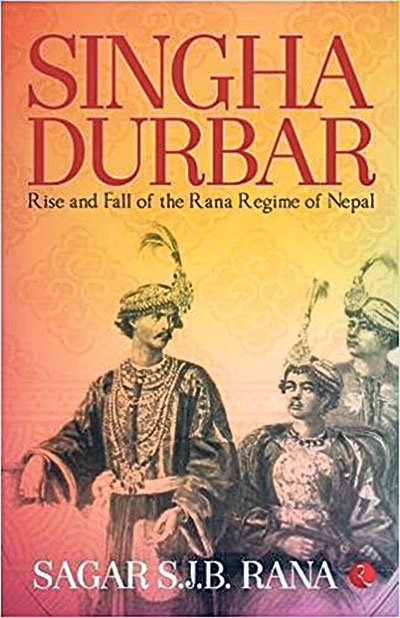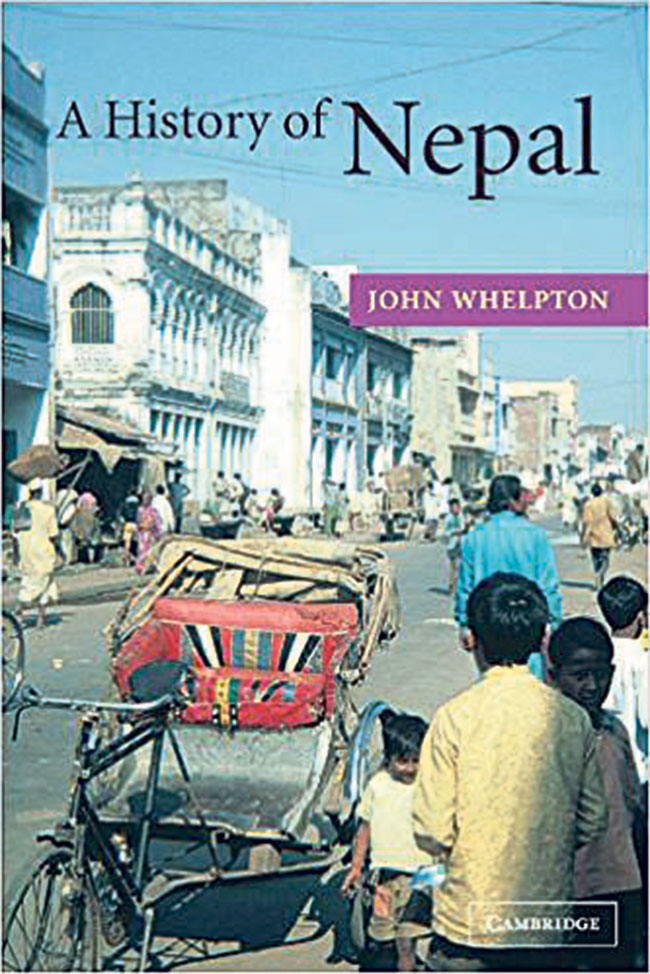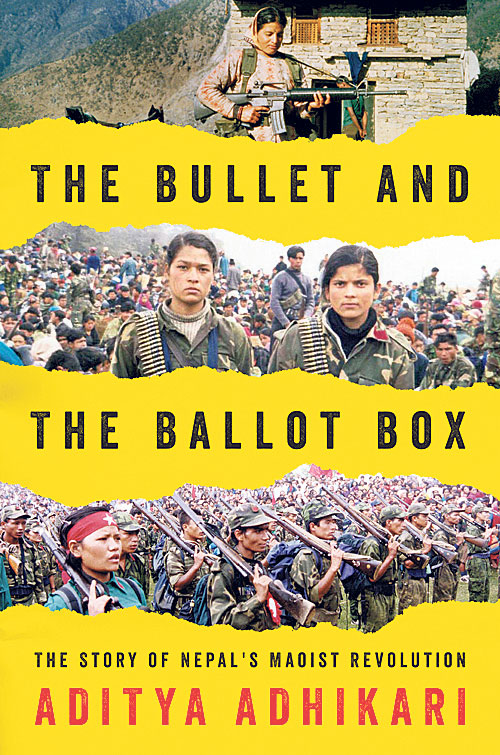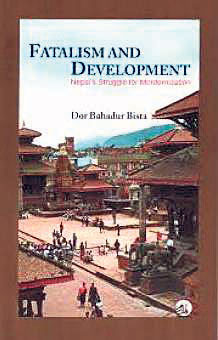It would not be incorrect to say that current political chaos of Nepal pivots largely around the debates of Nepal’s history. What has Nepal accomplished over the last 50 years? How has Nepal’s foreign policy changed? Who has benefited from the state? And who is losing out? Many of us have numerous unanswered questions about the various political events that have happened in the past. So here’s a list of five books to help you understand your country better. These books can provide a great opportunity for you to reflect on the history of Nepal and can also help you get an insight on the current political scenario. Devote this weekend to brush up on Nepal’s political system.
Singha Durbar: Rise and Fall of the Rana Regime of Nepal by Sagar S.J.B Rana

As we all know, the Rana dynasty ruled our country for over a century. They reigned as powerful prime ministers of the state with the king as just a titular head. Their rule, although tyrannical, brought some kind of stability in the empire. But they have been rightly criticized for their oppressive rule and economic and religious excesses. In this book, the author, a descendent of the Rana clan, talks about his family history and opens up to clear many historical misconceptions. This book also provides an honest critique of a vital period of our history that led to the revolution of 1951. It would not be wrong to say that this book gives a great insight about an important period in the history of Nepal.
Harris selects Minnesota Gov. Tim Walz to be VP running mate

Nepal Strategy for Survival by Leo E Rose
This book written by Leo E Rose, the adjunct professor of political science at the University of California, aptly describes Nepal’s foreign policy and its relations with the neighboring states from a historical perspective. He explains how Nepal’s foreign policy has been and will continue to be affected by its newly emerging dominant neighbors. The book also deals with the ways in which Nepal struggles with the preservation of the country’s independence while formulating its foreign policy. Also, how the present day Nepal acts as a buffer state between these two giant nations to maintain cultural and political integrity is tackled in the book. The writer is particularly concerned about the substance of Nepal’s foreign policy rather than analyzing the processes and agents of decision making.
A History of Nepal by John Whelpton
 This book lays down the general history of Nepal covering the past 300 years. Whelpton combines the themes of national and cultural identity, the environment and cross-cultural contact to provide an introduction to the history of Nepal. Later, he emphasizes on the period after the Rana regime was overthrown. The writer also explains how the political and economic turmoil over the last fifty years came to an end with the massacre of the royal family in 2001. He broadens the scope of this book by raising the issues of caste, ethnicity, religion, gender, and women. In this book, you can also find frequent references of roles played by Kiratis, Newars, Tamangs, Tharu, and other ethnic groups. Overall, this book is an interesting read for those who want to understand the political history of Nepal. And the narrative manages to hold on to your interest as well.
This book lays down the general history of Nepal covering the past 300 years. Whelpton combines the themes of national and cultural identity, the environment and cross-cultural contact to provide an introduction to the history of Nepal. Later, he emphasizes on the period after the Rana regime was overthrown. The writer also explains how the political and economic turmoil over the last fifty years came to an end with the massacre of the royal family in 2001. He broadens the scope of this book by raising the issues of caste, ethnicity, religion, gender, and women. In this book, you can also find frequent references of roles played by Kiratis, Newars, Tamangs, Tharu, and other ethnic groups. Overall, this book is an interesting read for those who want to understand the political history of Nepal. And the narrative manages to hold on to your interest as well.
The Bullet and the Ballot Box: The Story of Nepal’s Maoist Revolution by Aditya Adhikari

The Bullet and the Ballot Box explores the advent of Nepal’s high-class Maoist revolutionaries and their movement interestingly supported by lower class peasants and suppressed ethic groups. This book offers an account of how these revolutionaries managed to lift their way up to the democratic parliament in 2008. The Bullet and the Ballot Box draws its narrative through a wide range of sources, some of which are novels, letters, and diaries. The author, Adhikari, also offers a fascinating case study as to how communist ideology can be reinterpreted and implemented in a developing country.
Fatalism and Development by Dor Bahadur Bista

This book describes the complex structure of Nepali society and how our country has been deeply entrenched in hierarchical stratification based on caste. The author projects how the prevalent hierarchy is negatively impacting the political and social situation of Nepal. Bista reveals the ways in which fatalism and caste system still flourish behind the so-called modern democracy, bureaucracy, and good governance. He also emphasizes on how the education system, health care, and administration are negatively affected by Brahmanical concept of caste stratification. This is perhaps the best book to understand the social, cultural, economical aspects of our society and also how they are interlinked with one another.


































